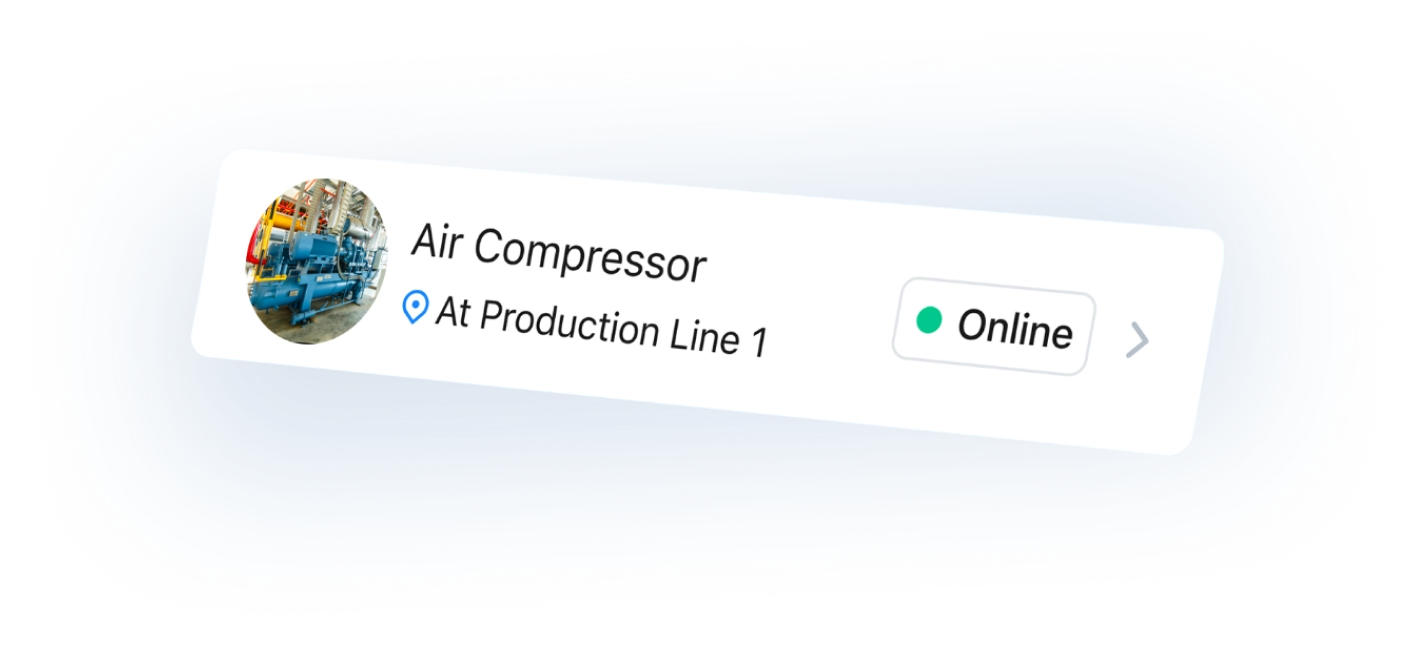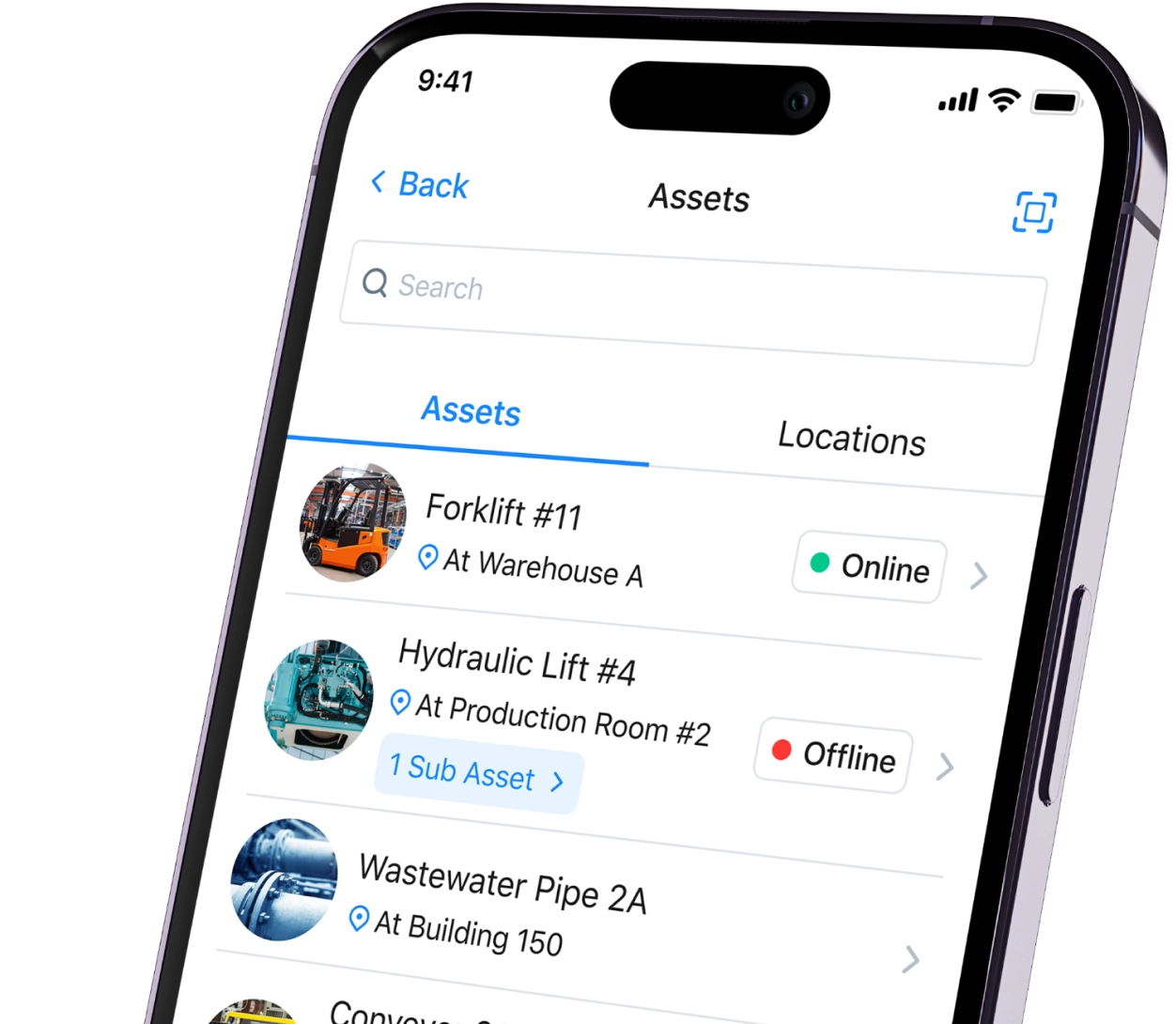Equipment asset management involves systematically tracking, maintaining, and optimizing your physical assets throughout their lifecycle to maximize value and operational efficiency. Organizations without proper asset management systems face significant consequences: unplanned downtime (costing millions per hour in some industries), excessive maintenance expenses, and reduced equipment lifespan.
The following eight strategies will guide you through implementing effective equipment asset management practices in your organization, from digital systems and preventive maintenance to lifecycle planning and team training.
Key Takeaways
Equipment asset management provides a structured approach to maintaining equipment value and functionality. Key benefits include:
- Equipment asset management provides a structured approach to maintaining equipment value and functionality throughout its lifecycle.
- Digitizing and automating maintenance processes reduces maintenance costs by 20-30% compared to traditional methods.
- Centralized documentation improves regulatory compliance and audit readiness.
- Efficient resource allocation reduces waste and improves overall operational efficiency.

1. Implement digital asset management systems
Asset management software creates a centralized platform where the entire organization can access real-time data on all equipment. A robust asset management system eliminates information silos and helps teams collaborate effectively. The following strategies will help you build a comprehensive digital asset management approach:
Adopt cloud-based solutions
Cloud-based asset management software enables access to asset information from anywhere, regardless of how many locations your organization operates. This approach benefits organizations of all sizes and provides:
- Mobile access via smartphones and tablets for technicians in the field
- Real-time updates to asset records that sync across the system
- Secure data storage with automatic backups to prevent data loss
- Seamless integration with other systems for comprehensive management
- Ability to track equipment status and location instantly
Cloud-based software eliminates the need for manual record-keeping and provides valuable insights that paper-based systems cannot deliver. The entire team benefits from having current asset data at their fingertips.
Utilize QR codes and barcodes
Once you've implemented cloud-based, mobile-enabled asset management software, adding QR codes or barcodes to your equipment creates a powerful tracking system. This approach simplifies asset tracking and helps reduce human error in data entry. Maintenance technicians can scan codes with mobile devices to:
- Access detailed maintenance history instantly
- View complete equipment specifications and documentation
- Check warranty information and expiration dates
- Report issues and create work orders on the spot
- Update service records immediately after completing work
This approach to track assets is particularly effective for organizations with high value assets spread across multiple facilities. QR codes create a direct link between physical assets and their digital records in your asset management system.
2. Prioritize preventive maintenance
Preventive maintenance focuses on addressing issues before they cause equipment failure. This approach reduces equipment downtime and extends asset lifecycles while generating significant cost savings over reactive maintenance strategies. Implement these key preventive maintenance practices to maximize equipment reliability and performance:
Develop maintenance schedules
Create structured maintenance schedules based on manufacturer recommendations and equipment usage patterns. Effective maintenance planning helps organizations stay ahead of potential problems. Properly scheduled maintenance helps:
- Prevent unexpected breakdowns that disrupt operations
- Distribute workload evenly among maintenance staff
- Ensure all equipment receives appropriate attention on time
- Maintain compliance with safety regulations and government requirements
- Optimize maintenance resources and parts inventory
Implementing consistent maintenance schedules is a cornerstone of effective equipment maintenance. Modern asset management solutions automate schedule creation and send notifications when maintenance activities are due.
Track maintenance history
Detailed maintenance records provide valuable insights into equipment performance and help identify recurring issues. A comprehensive maintenance history within your asset management system should include:
- Date and time of service activities
- Work completed with detailed log of procedures
- Parts replaced and their costs
- Technician information and labor hours
- Issue descriptions and resolution steps
- Time required for maintenance tasks
- Associated costs for budget tracking
- Notes on equipment condition
This historical data becomes increasingly valuable over time by allowing for data-driven repair-versus-replace decisions and improving maintenance planning for similar assets.
3. Deploy asset lifecycle management
Understanding the complete lifecycle of your equipment allows for better planning and resource allocation. Asset lifecycle management tracks each asset from acquisition through disposal, maximizing asset value throughout its useful life. Use these strategies to effectively manage your assets from purchase to retirement:
Monitor asset performance metrics
Track key performance indicators (KPIs) for each piece of equipment to identify patterns and make data-driven decisions about asset usage and maintenance needs. Equipment data collection should be systematic and consistent. Important metrics include:
- Uptime percentage and availability
- Mean time between failures
- Total maintenance costs and trends
- Production output relative to capacity
- Energy consumption patterns
- Repair frequency and duration
- Replacement part requirements
Asset management software can generate customized reports on these metrics, providing detailed insights into how assets perform over time. This data allows maintenance management to spot trends before they become problems.
Plan for depreciation and replacement
Establish guidelines for equipment replacement based on comprehensive asset data to avoid unnecessary delays when critical assets reach end-of-life. Key factors to consider include:
- Age and condition relative to industry standards
- Maintenance cost trends compared to replacement costs
- Performance degradation affecting production
- Availability and cost of replacement parts
- New technology advantages and return on investment
- Impact on operational efficiency
- Compliance with updated regulations
When organizations track asset lifecycles effectively, they can budget for new asset purchases strategically and maximize the return on investment from existing equipment.
4. Optimize asset utilization
Maximizing asset utilization helps organizations extract the most value from their equipment investments. Strategic equipment management ensures resources are deployed efficiently while minimizing wear and tear. Apply these utilization strategies to balance equipment performance with longevity:
Balance workloads across equipment
Distribute work evenly across similar equipment to prevent premature wear on specific assets and optimize utilization across your fleet. Equipment management software can help track hours of operation and usage metrics. This practice:
- Extends the lifespan of all equipment through balanced use
- Creates more predictable maintenance schedules
- Reduces the risk of unexpected failures and equipment downtime
- Provides backup options when maintenance is required
- Prevents overburdening high-value assets
Rotating equipment usage systematically can increase efficiency and extend useful life. A laboratory using data analytics to identify uneven usage patterns reduced downtime by 20% by redistributing workloads, cutting costs while improving operational efficiency. This approach is particularly valuable for organizations with multiple units of the same equipment type.
Analyze usage patterns
Collect and analyze data on asset usage to identify opportunities for improved operational efficiency. Equipment tracking software like MaintainX can generate reports showing:
- Peak usage periods requiring additional capacity
- Underutilized assets that could be redeployed
- Opportunities for workflow improvements and bottlenecks
- Equipment that may need upgrading or downsizing
- Seasonal variation requiring adjusted maintenance schedules
- Staff training needs based on utilization metrics
Real-time visibility into asset usage allows maintenance management to make strategic decisions about equipment allocation and future purchases.
5. Train maintenance teams properly
Well-trained maintenance personnel form the foundation of effective equipment asset management. Investing in staff development ensures maintenance activities are performed correctly and consistently. Implement these training strategies to build a knowledgeable and adaptable maintenance team:
Standardize maintenance procedures
Create clear, step-by-step procedures for maintenance tasks and document them within your asset management system. Standardization can:
- Ensure consistency across maintenance activities for different equipment
- Reduce human errors in critical maintenance procedures
- Simplify training for new staff joining the team
- Establish benchmarks for maintenance quality and time requirements
- Create a knowledge base that preserves institutional expertise
Standard procedures stored in your maintenance management system provide technicians with immediate access to equipment information through mobile devices, reducing delays and improving work quality.
Implement continuous training programs
Maintenance requirements evolve as equipment and technology changes. Organizations committed to continuous improvement ensure their teams stay current with best practices. Ongoing training helps maintenance teams:
- Learn new maintenance techniques for emerging technologies
- Understand updated safety protocols and compliance requirements
- Master new asset management software features to improve efficiency
- Troubleshoot equipment issues efficiently to reduce downtime
- Document maintenance activities consistently within the system
- Interpret equipment data to spot potential issues early
Well-trained staff become valuable innovators who adapt to evolving industry technologies, identify emerging maintenance approaches, and contribute to continuous improvement initiatives across the organization. Their expertise allows them to anticipate industry trends and help the organization stay ahead of technological advancements.
6. Transition to predictive maintenance
Predictive maintenance uses data analysis to forecast when equipment will require service, allowing for intervention before problems occur. This approach represents a significant advancement over preventive maintenance by focusing resources precisely where they are needed. Implement these predictive maintenance components to move beyond preventive maintenance:
Install condition-monitoring systems
Condition-monitoring systems continuously track critical assets for signs of deterioration by feeding real-time equipment parameters directly into your asset management solution. Key parameters include:
- Temperature variations outside normal ranges
- Vibration patterns indicating component wear
- Pressure fluctuations suggesting system issues
- Electric current anomalies signaling electrical problems
- Sound signatures revealing mechanical issues
- Oil analysis results showing contamination levels
Changes in these parameters often indicate developing problems, enabling maintenance before failure occurs.
Analyze maintenance data
Review maintenance records within your asset management system to identify patterns that may indicate recurring issues. Data analysis helps maintenance teams:
- Predict future maintenance needs with increasing accuracy
- Identify root causes of problems rather than symptoms
- Plan inventory for commonly needed parts to avoid delays
- Allocate maintenance resources effectively based on priority
- Optimize maintenance schedules around production requirements
- Make data-driven decisions about equipment replacement
- Justify maintenance budgets with concrete performance data
According to Deloitte, organizations that successfully implement predictive maintenance typically see a 5-10% reduction in maintenance costs while improving equipment reliability.
7. Integrate inventory management
Equipment maintenance depends on having the right parts available when needed. Effective inventory management integrates seamlessly with your asset management system to ensure maintenance activities proceed without unnecessary delays. Implement these inventory management best practices to support your maintenance operations:
Optimize spare parts inventory
Balance between having necessary parts on hand for critical assets and minimizing excess inventory costs by implementing a strategic approach. Organizations can:
- Track usage patterns of consumables and parts across different equipment
- Set minimum stock levels for critical components based on lead times
- Establish vendor relationships for quick deliveries when needed
- Categorize parts by criticality and impact on operations
- Implement just-in-time ordering for non-critical components
- Monitor expiration dates on shelf-life limited components
A single system that manages both inventory and maintenance creates significant efficiencies in equipment management by automatically associating parts with specific maintenance tasks and equipment. This integration reduces administrative overhead, eliminates duplicate data entry, prevents parts shortages during critical repairs, and provides accurate cost tracking of parts used in maintenance activities.
Link assets to their components
Create relationships in your asset management system between equipment and its components to build a comprehensive equipment information database. This linkage helps organizations:
- Streamline parts ordering when maintenance is scheduled
- Ensure compatibility between replacement parts and existing assets
- Track component lifespans to predict replacement needs
- Plan for bulk purchases to reduce procurement costs
- Identify which assets use common components for standardization
- Document the history of component replacements
- Update records automatically when components are replaced
Organizations with complex equipment benefit particularly from maintaining these relationships because they often manage thousands of interdependent components with varying lifespans, compatibility requirements, and maintenance schedules. This complexity makes manual tracking virtually impossible, increasing the risk of costly errors, incompatible replacements, and unplanned downtime without a systematic approach to component management.
8. Adopt digital management software
Selecting the right software tools is essential for putting all of these asset management strategies into practice. Choose a comprehensive CMMS or enterprise asset management platform that centralizes all aspects of equipment maintenance and management. The most effective solutions offer:
- Work order management
- Preventive maintenance scheduling
- Asset tracking and history
- Mobile access for technicians
- Reporting and analytics
- Inventory management
When evaluating software options, prioritize user-friendly interfaces, mobile capabilities, and integration with existing systems to ensure successful adoption across your organization.
FAQs on Equipment Asset Management
Equipment asset management is the systematic process of tracking, maintaining, and optimizing physical assets throughout their lifecycles. It includes equipment identification, maintenance scheduling, performance tracking, and replacement planning to maximize value and minimize costs.
Equipment asset management software provides a centralized platform to track all aspects of your assets. It enables organizations to:
- Create detailed asset records with specifications and locations
- Schedule and track maintenance activities
- Generate work orders automatically
- Track inventory of spare parts and consumables
- Analyze equipment performance data
- Document maintenance history
- Forecast maintenance needs and budgets
Effective equipment asset management improves operational efficiency by:
- Reducing unplanned downtime through preventive maintenance
- Optimizing resource allocation based on equipment needs
- Extending equipment lifespan through proper maintenance
- Providing data for informed decision-making
- Streamlining maintenance workflows
- Improving coordination between operations and maintenance teams
- Ensuring equipment availability when needed for production
See MaintainX in action








